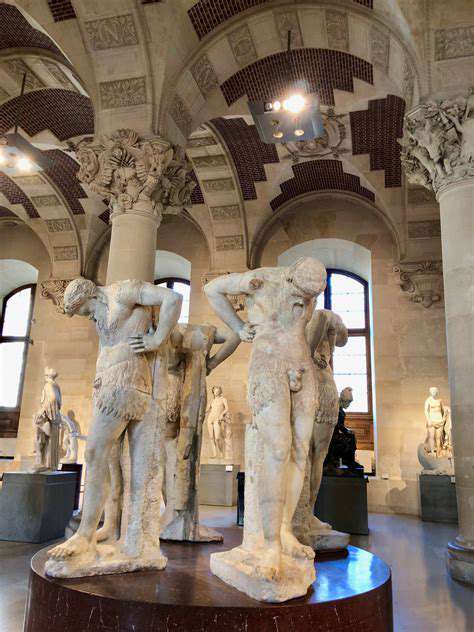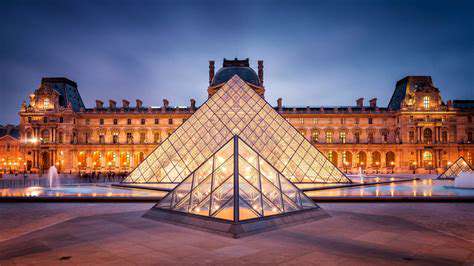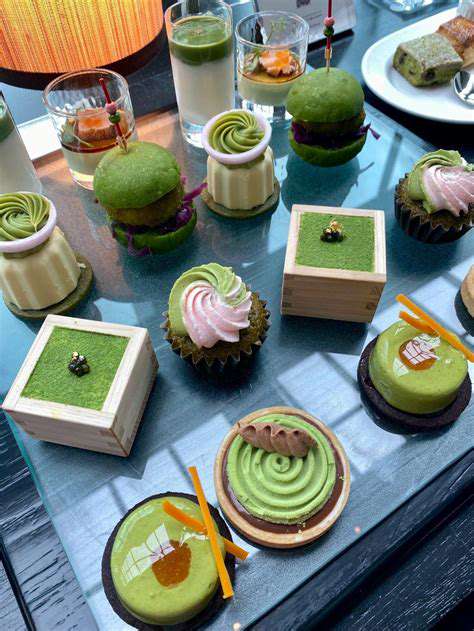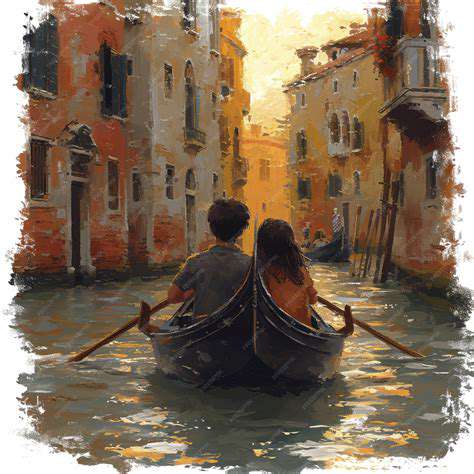Guide to Visiting the Art Museums of Paris
The Louvre began as a medieval fortress in the 12th century before transforming into a royal palace.
Today it stands as one of the world's most visited and respected art institutions.
Its collection spans civilizations and millennia, offering visitors a window into human creativity.
The architecture itself tells a story of France's evolving tastes and priorities.
More than just a museum, the Louvre represents the enduring power of artistic expression.
The Louvre's Remarkable Transformation

From Fortress to Cultural Icon
The Louvre's foundations were laid as a defensive structure in 1190, but its destiny would be far grander. When Charles V converted it to a royal residence in the 14th century, it began its journey toward becoming the world's most visited museum, attracting over 10 million annual visitors. The palace saw its greatest expansion under Louis XIV, whose architects added the iconic Colonnade. After the French Revolution, it officially became a public museum in 1793, democratizing access to art that had previously been reserved for royalty.
Masterpieces That Define Eras
Walking through the Louvre's galleries is like traversing the timeline of human civilization. The Egyptian antiquities collection includes artifacts dating back to 4000 BCE, while Greek sculptures like the Venus de Milo showcase classical ideals of beauty. The Mona Lisa's enigmatic smile continues to captivate visitors nearly 500 years after da Vinci created it, while Delacroix's Liberty Leading the People captures the revolutionary spirit of 19th century France. Each wing offers new discoveries, from Mesopotamian law codes to Renaissance masterpieces.
Architecture as Living History
The Louvre's physical structure embodies France's layered history. Visitors can still see remnants of the original medieval fortress in the basement, while the Renaissance-style Cour Carrée demonstrates 16th century aesthetics. I.M. Pei's controversial 1989 glass pyramid brilliantly juxtaposes modernity with tradition, creating a new iconic symbol for the museum. Recent renovations have improved accessibility while preserving the building's historic character, ensuring it remains relevant for future generations.
Exploring Paris's Diverse Museum Landscape

Hidden Artistic Treasures
While the Louvre draws the crowds, Paris boasts dozens of specialized museums offering equally rewarding experiences. The Musée Jacquemart-André showcases an exceptional private collection in a stunning 19th century mansion, while the Musée Guimet houses one of Europe's finest Asian art collections. The Musée de l'Orangerie's oval rooms display Monet's Water Lilies exactly as the artist intended them to be seen, creating an immersive experience no reproduction can match.
Modern Perspectives
For contemporary art lovers, Paris offers cutting-edge spaces like the Palais de Tokyo and Fondation Louis Vuitton. These institutions frequently rotate exhibitions to showcase emerging artists and new media. The Centre Pompidou's radical architecture houses an unparalleled collection of modern masterpieces, from Matisse to Warhol. Smaller galleries in the Marais district often feature experimental works that challenge traditional notions of art, providing a counterpoint to the established institutions.
Cultural Time Capsules
Specialized museums like the Musée Carnavalet document Paris's own history through artifacts and artworks. The Musée des Arts et Métiers celebrates scientific innovation with fascinating historical instruments and machines. These collections preserve not just objects, but the stories and contexts that give them meaning, helping visitors understand how technology and daily life have evolved through the centuries.
Crafting Your Perfect Art Itinerary
Strategic Timing for Optimal Viewing
To avoid crowds at major museums, consider visiting on Wednesday or Friday evenings when many offer extended hours. Purchasing tickets online for specific time slots can save hours of waiting, especially during peak tourist seasons. Local Parisians know that rainy days bring larger crowds to indoor attractions, so check the forecast when planning your museum days.
Curating Your Experience
Rather than trying to see everything, focus on specific collections or themes that interest you most. The Louvre is too vast to cover in one visit - consider following one of their thematic trails like Masterpieces or Napoleon's Apartments. Many museums offer free admission on the first Sunday of each month, though these days tend to be exceptionally crowded.
Enhancing Your Understanding
Download museum apps before your visit for self-guided tours tailored to different interests and time constraints. Small group tours with specialized guides can provide insights you might miss on your own. Don't overlook museum cafes - many offer excellent food in beautiful settings, perfect for resting your feet and processing what you've seen.
Making the Most of Your Cultural Journey

Balancing Pace and Appreciation
Art appreciation requires both time and energy. Alternate between intensive museum visits and lighter outdoor activities to avoid fatigue. The Tuileries Garden next to the Louvre provides a perfect place to relax and reflect after viewing art. Consider keeping a journal or sketchbook to record your impressions - this active engagement helps cement memories.
Beyond the Obvious
Some of Paris's most interesting art exists outside traditional museums. The city's metro stations feature remarkable Art Nouveau entrances, while entire neighborhoods like Montmartre serve as open-air galleries. Street art tours reveal another dimension of Paris's creative energy, often commenting on contemporary social issues.
Sustaining Your Exploration
Comfortable shoes are essential for museum-going - you'll likely walk 5-10 miles per day on hard floors. Pack light but bring water and snacks, as museum cafes can be expensive. Consider purchasing a Paris Museum Pass if planning multiple visits - it offers skip-the-line access and can save both money and time.







![Exploring the Temples of Southeast Asia [Cultural Guide]](/static/images/27/2025-05/Myanmar27sGoldenPagodas3AASymphonyofSpirituality.jpg)
